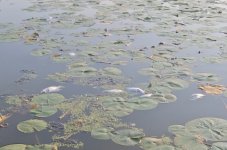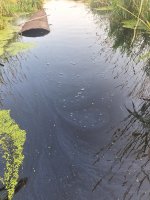Bob Peters
Well-known member
Hey, I was just wondering about the history of the regulation passed in MN (maybe 15 years ago)? I know that Dayton was the gov, and that it mandated a certain amount of feet of no-till buffer around waterways. I'm sure this took a while to get passed with farming such a huge industry. I'm wondering who got the ball rolling, whether DU, congress people, conservation groups, land trust organizations, etc. Is it just for ditches, streams, and rivers, or permanent wetlands too? I know I could duckduckgo it, but I figured if I asked here I might get more of the backstory.


